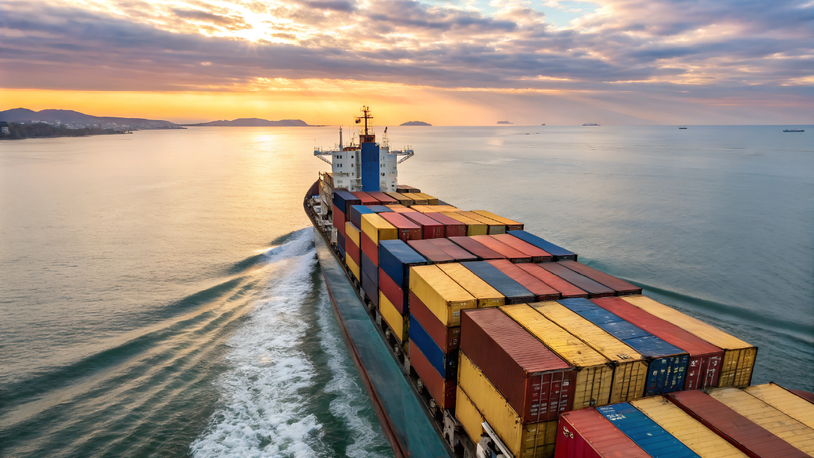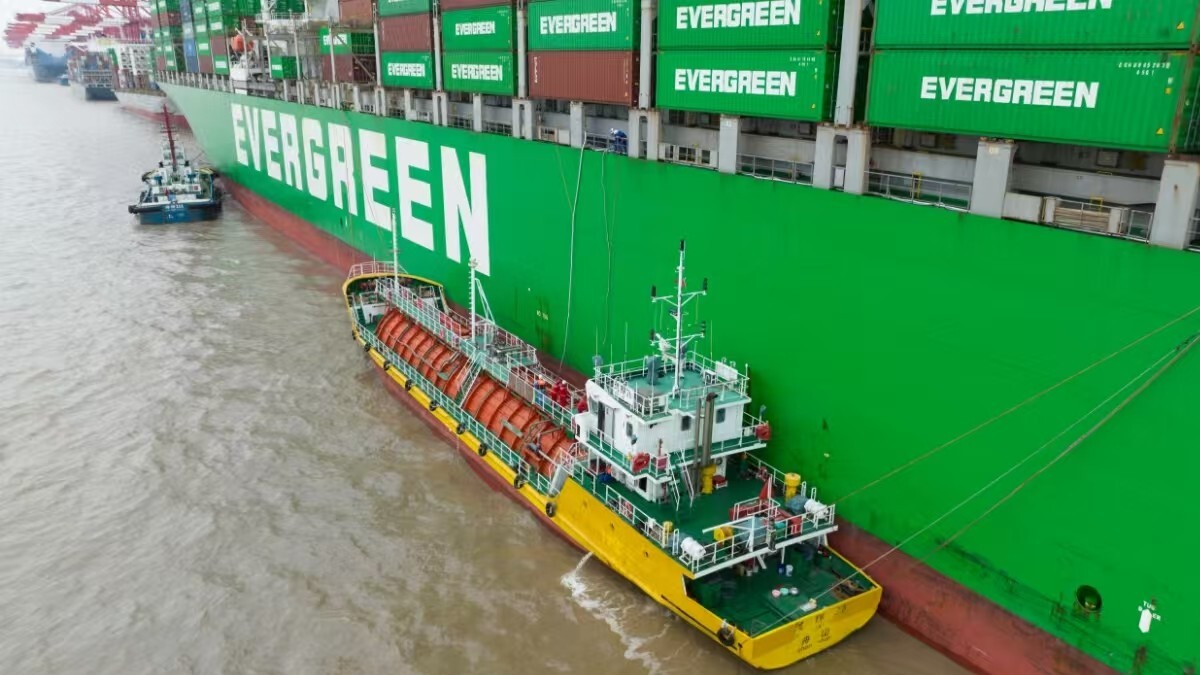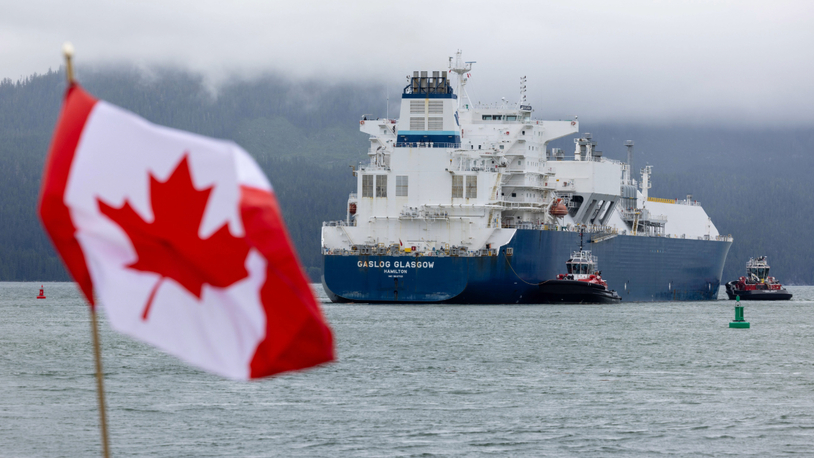Business Sectors
Events
Shuttle Tanker Webinar Week 2025
Contents
Chemical tankers at risk from delayed reaction to Covid-19
The chemical tanker market has been relatively strong so far this year, but risks are now beginning to materialise, writes Senthuran Raviraj
While now an almost distant memory, the introduction of the IMO low-sulphur fuel regulations at the start of the year was highly significant for chemical tanker operators. The majority had opted not to install scrubbers and bunker costs rose sharply as they switched to low-sulphur fuel en masse. This process began towards the end of 2019 and was matched by an increase in spot rates.
The ability to push up rates to maintain US$/day spot earnings suggested that tightening supply/demand balances were beginning to tip bargaining power in the favour of the owners: the long-awaited chemical tanker market recovery seemed in sight. In the event, the increase in bunker prices was short lived, with levels collapsing alongside crude prices. While the bunker price remains rock bottom, spot rates on the main trade routes have not fallen to such a degree, even as the pandemic has swept the globe.
“Buying habits have changed drastically during the pandemic”
This has maintained MSI’s chemical tanker TCE rate index at levels not seen for the past three years. It should be noted, however, that our TCE indices almost certainly overstate current actual earnings as the calculations assume the vessel is fully loaded, which may not always be the case.
Last quarter saw spot rates increase by an average of 10% quarter-on-quarter (QoQ) across all major routes to cover the initial increase in fuel costs. Timecharter rates increased in Q1 2020 too, with 20,000 dwt IMO II one-year timecharter rates increasing by 1% QoQ to US$13,520/day.
It is clear that demand for chemicals has been maintained to a large degree throughout the crisis, sustaining earnings. The booming oil tanker market has played an important role, boosting rates for simple larger chemical tankers, with the benefits passed down the size ranges as larger parcels are split and carried in smaller vessels.
There are warning signs, however, that the strong market may not be maintained. The oil tanker sector has weakened substantially in recent weeks and the outlook is increasingly bleak. Many chemical plants are undergoing extended maintenance periods, or have been mothballed due to lack of demand. An example of this is Methanex closing its 0.85M-tonne Titan methanol plant in Trinidad and Tobago and a 0.8M-tonne methanol plant in Chile. Brokers report some deterioration in spot rates on many routes through June.
With the situation delicately poised, the question for chemical tanker owners is how far there will be an impact on the markets from a ‘delayed reaction’ to the pandemic, if demand destruction in the wider economy spills over into the physical transportation of chemicals.
That recession is coming is not in dispute, given the range of negative indicators across the global economy. And as the American Chemistry Council (ACC) recently highlighted, 96% of all manufactured goods are directly or indirectly dependent on the chemical industry.
A key driver for chemical tanker demand is trade in organic chemicals. Global data from the ACC showed that production of organics contracted by 1.7% year-on-year (YoY) in April 2020, while output further down the chemical complexity chain fell more rapidly (consumer products were down 8.6% in the same period).
Economic uncertainty
Buying habits have changed drastically during the pandemic as demand for durable goods such as clothes, cars and domestic goods have fallen during this time of economic uncertainty, while demand for packaging and soaps and detergents have increased.
In this context, it is notable that production of plastic resins (polymers such as polyethylene) has fallen by only 0.9%. At the same time, production of base chemicals has been sustained by positive margins due to low feedstock demand; it is unclear if this is sustainable as inventories build. Demand will be highly dependent on whether fragile consumer spending in the aftermath of the lockdown continues to hit clothing, durable goods, and automobile consumption.
In contrast to the organics, inorganic chemical production has already been hit hard by the pandemic, with the ACC stating that global production fell by 6.7% in April 2020. These chemicals are intrinsically linked to GDP as they are widely used in various industries. Key uses for traded inorganic chemicals are in mining and mineral and metal processing.
China is the primary import market for base liquid chemicals and trends during the pandemic have been mixed. Aggregate imports of the top 10 organic and inorganic chemicals by volume fell 5.9% YoY during January-April 2020. Benzene imports fell by 55% to 0.53M tonnes and paraxylene by 15% to 4.8M tonnes. However, the fall in aromatic imports has been counteracted by a 25% increase in methanol imports in the same period – to 3.6M tonnes – and a sizeable increase in MEG imports, almost certainly spurred by low prices.
The edible oil trade is expected to take a massive hit this year, though modest annual growth is still expected in our Base Case. The biofuel sector is also an important growth market which has been hit by the drop in demand for auto fuels due to Covid-19 restrictions.
On the fleet supply side, at 381,000 dwt, newbuilding deliveries in the first quarter of 2020 have remained in line with that seen at the end of 2019. With many countries entering periods of lockdown at the start of the year, deliveries have been impacted. Now that yards in Asia are back at work, we expect a pick-up in the pace of construction and initial evidence suggests slippage is relatively minimal.
However, there still remains an incentive for slippage from the heavy front loading of the current orderbook, with 80% of this tonnage currently scheduled for delivery by mid-2021; 140,000 dwt of chemical tankers were scrapped in Q1 2020, the highest total seen since Q1 2018, despite shipbreakers being mainly at a standstill and not taking new orders.
“Demand for chemicals has been maintained to a large degree throughout the crisis”
Looking at the earnings outlook, MSI forecasts chemical tanker supply growth will slow to just 2% in 2020. While such a low fleet increase is positive – with the average supply increase in excess of 4% over the last five years – aggregate chemical tanker demand is expected to fall by 2.2% in 2020 causing a rapid decline in the sector utilisation rate.
The reduced demand for chemical cargoes expected in H2 2020 will translate into a dramatic fall in timecharter rates for small- to medium-sized vessels, while the larger, less sophisticated chemical tankers will follow the fortunes of the oil tanker market for the time being.
As a result, we forecast timecharter rates for 20,000 dwt IMO II SS vessels will be US$13,100/day in 2020, a low not seen since 2012. On the flip side, we forecast timecharter rates for 45,000 dwt IMO III vessels will be US$16,100/day in 2020, a high not seen since 2015.
The latter ships are, however, highly exposed to the downside from the inevitable crash in oil tanker rates as floating storage unwinds. Thus, under the MSI Base Case we see the relative positions reversed, as smaller chemical tankers benefit from market recovery in 2021, while the largest vessels will see earnings undermined.
With an expected drop in contracting in 2020, supply growth will slow after 2022 and will be aided by an increase in scrapping as the 20+ year-old segment will reach 20% of the fleet at that time. This will also include vessels removed from the market, as their IMO classification is removed.
Senthuran Raviraj is chemical shipping analyst at MSI
Related to this Story
Events
Shuttle Tanker Webinar Week 2025
Cyber & Vessel Security Webinar Week
Container Shipping & Port Technology Webinar Week
LNG Shipping & Terminals Webinar Week 2025
© 2024 Riviera Maritime Media Ltd.















